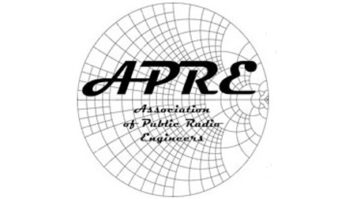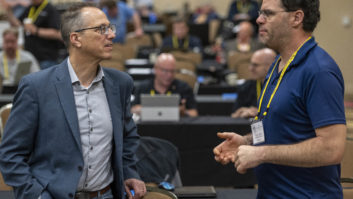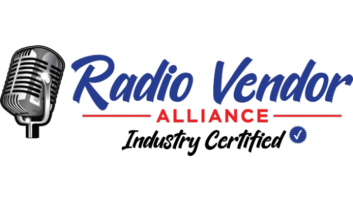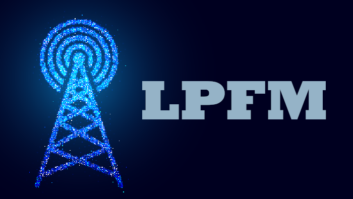Paul, heartiest of kudos on your comments about EAS in the Oct. 20 edition “Your Station Can Be the Hero.” Our broadcasting partners in New Jersey are leading the way in promoting EAS and public warning. Distribution of FM Alert receivers is in the offing, and some FMs, such as WRAT in Monmouth County, are already wired to air textual versions of our EAS messages on its RDS stream. I truly value all of the partnerships that the NJ SECC has formed with its broadcasters, cable companies and the National Weather Service.
Vis-à-vis your editorial, there is one more thing that the GMs and engineers can do to enhance their role in EAS.
As engineers, we often times concern ourselves solely with the mechanism of taking the EAS message in and getting it on the air. What is often overlooked is the actual message itself and where it will come from.
I would highly recommend that all participating EAS stations, especially the LP1s, contact their county office of emergency management and also their state office of emergency management to discuss how non-weather EAS messages will be disseminated.
In particular, stations should meet with the OEM’s public information officer (PIO). Meet face to face and establish a rapport. Make sure that the county or state OEM has your correct 24-hour contact number, fax number, and e-mail address. This will facilitate the authentication process once the emergency occurs and the OEM makes the decision to activate EAS. Make sure that the PIO is aware that the initial EAS message has a practical time limit (i.e., length).
The ability for broadcasters to receive and transmit EAS messages means nothing unless the message content is brief, concise and accurate. Public warning is not an “us vs. them” mechanism. It is a partnership in which the total responsibility is shared between the OEM and the broadcaster.
Treat this alliance seriously, collegially and with respect, and the public will thank you. Only then will you be an EAS hero.
H. Robert Schroeder, N2HX
Communications and Warning Officer
New Jersey Office of Emergency Management
Trenton, N.J.












